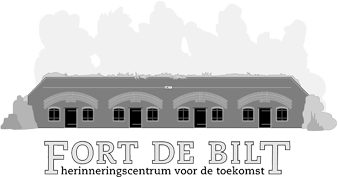Air Filter from Defence Bunker
From the collection of the Fort De Bilt Memorial Centre and Monument
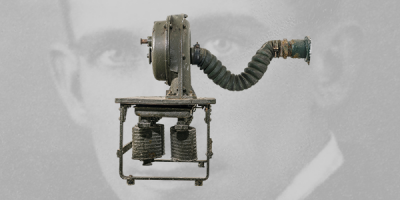
h 76 cm x w 43 cm
1942-1945
A number of machine gun bunkers were built near all the forts forming the Dutch Waterlinie, land that could be flooded as a means of defence. In the event of a gas attack these bunkers could be sealed off airtight.
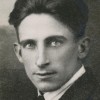
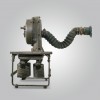
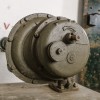
To provide the necessary oxygen, a hand-operated air filter was installed. The required number of strokes per minute with the handle depended on the number of people inside. During the war, Fort De Bilt served as an execution site. The Germans had mobile execution squads. When the prisoners arrived ahead of the squad, they were locked inside the bunker to await execution. In order not to suffocate, the detainees had to constantly turn the handle of this device to get oxygen from outside. The cruel irony is that once the door was opened, only death awaited them.



